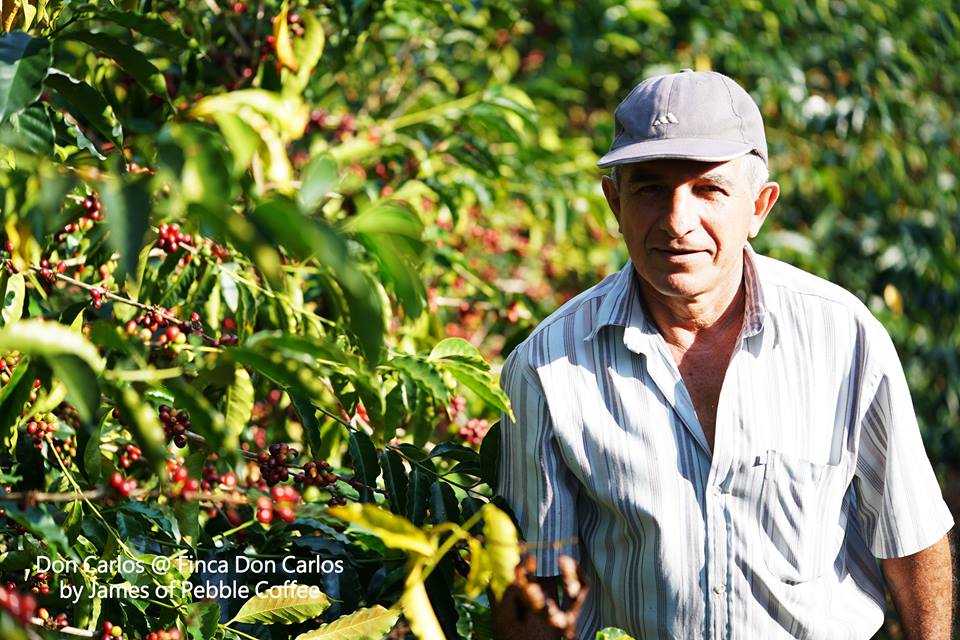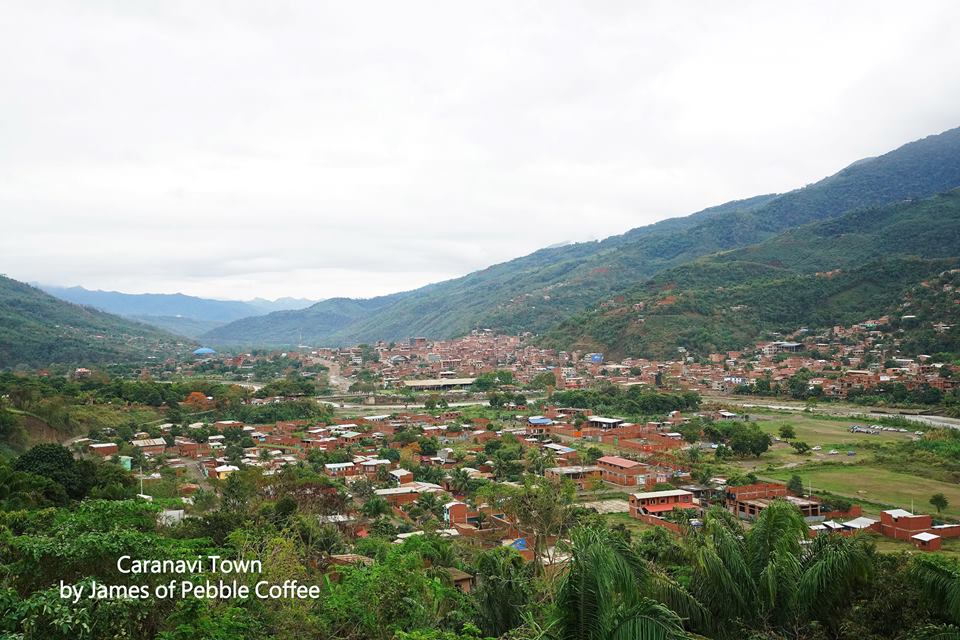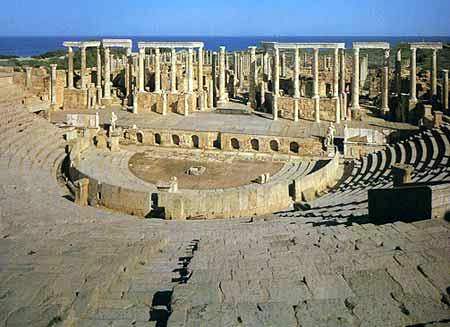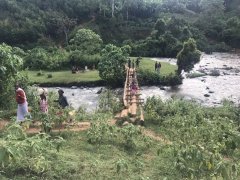Faye Butterfly Manor, Santa Cruz, Bolivia-Bolivian coffee from the roof of the world

For professional baristas, please follow the coffee workshop (Wechat official account cafe_style)
Bolivian coffee-delicious coffee that can only be tasted through the most dangerous roads in the world
Bolivia is one of the five most diverse countries in the world. It is a landlocked country surrounded by five countries and deeply affected by it. It has a population of more than 1000. The indigenous Indians, who account for about 60% of the total population, are divided into 36 ethnic groups. Mixed Indo-European (Mestizo) accounts for 26%, in addition to 100 European and other ethnic groups. There are Illmani peaks up to 6462 meters above sea level, Lake Titicaca, the highest and navigable alpine lake in the world, and tropical rain forests! Such a variety of terrain can be said to be a paradise for fine coffee micro-batches.
However, the output of Bolivian coffee is declining year by year, from 1997 to 2014, the export volume dropped to only 1x4, according to Roast Magazine, its coffee production ranked 38th and even ranked 35th behind the United States. Fine micro-batch Bolivian coffee can be said to be very precious and hard to find. This is due to the backward economic development and infrastructure of Bolivia, which is still the poorest country in South America. In addition, due to the unique and changeable terrain, Bolivia has become a key factor in coffee processing, transportation and quality killer because of poor infrastructure.
Bolivia's most famous producing area is Caravani, which, in a broad sense, is part of the Yongas region, which is best known as one of the most dangerous roads in the world, nicknamed Yongas Road, which was named "the most dangerous road in the world" by the Inter-American Development Bank in 1995.
To the north of Yonggaz Road, there is a sharp drop of at least 600m (1830 feet), most of which is no more than 3.2m (10ft) of single-lane width, and there is no guardrail along the road, making the road very dangerous. In addition, Rain Water, fog and dust will also reduce the visibility of driving. On some sections of the road, the road is very muddy, with loose falling rocks from time to time. There is a special local road rule that drivers going downhill must stop at the edge of the cliff on the left instead of driving on the right, and allow drivers to go uphill first. In this way, when meeting each other, the car can be stopped and passed safely and efficiently. This is because Bolivia is a right-going country, so it is mostly left-hand driving. This makes it easier for left-hand drivers to stick their heads out of the window to observe their wheels, avoiding carelessness and falling into the valley under the cliff, making it safer for both sides to meet. However, sometimes there is still a lack of lane width, especially for large cars such as trucks and buses. Often one of the parties has to back up in order to create enough meeting space. On July 24, 1983, a bus suddenly rushed off Yonggas Road and fell into the valley, killing at least 100 passengers. It is said to be the worst traffic accident in the history of Bolivia. According to the statistics from 1999 to 2003, there are an average of 209 traffic accidents on Yongjas Road every year, resulting in 96 deaths. (the introduction to this paragraph is from wikipedia.)
Not to mention, the beans from this producing area must be sent all the way to Chile before they can be sent to you before they are sent to you. After searching in many ways, we have finally found a reliable production partner and will introduce Yungas not only Caravani's boutique micro-batch Bolivian coffee one by one this year. We hope to appreciate it with you.

The Soul of Andes from the Roof of the World-Bolivian Coffee
To enter the Caranavi producing area of Yungas in Bolivia, you must first land at La Paz International Airport, which is 4062 meters above sea level, 4062 meters!? Yes, you read it correctly. It is an airport higher than our Yushan (3952 meters) above sea level. Never been to Yushan, but also been to Tataga, the wind and the symptoms of mountain headache drilled straight into my head are absolutely unforgettable.
Bolivia can be said to be a very poor production area, production decline year after year is not even as bad as Hawaii, the situation is so tragic that the COE Cup was suspended in 2009. In addition to the natural isolation of the terrain, the government's negative inaction and even hindrance is also a major factor. Most of the tree species planted here are Bourbon and Typica with low traditional yield, and a few are Caturra or Catuai. However, due to the lack of proper technical guidance and financial support, the local agricultural garden lacks proper management, pruning, breeding, elimination of old trees, and so on. As a result of the decrease in output, farmers' incomes are even lower, and they are even more unable to make improvements, and some agricultural gardens have been abandoned at all. In addition, farmers in the region often face drug cultivation whose incomes can be multiplied several times, making the situation even more difficult. When we drink the wonderful coffee in this area, don't forget that we not only support the local sustainable coffee industry, but also play an important role in the fight against the drug industry.
Our partner in Bolivia is Agricafe founded by Pedro Rodriguez and his son Pedro Pablo and daughter Daniela. Agricafe can be said to be an important driving force in reviving Bolivia's boutique coffee industry, and now it is almost an important pillar of Bolivia's boutique coffee industry. Several well-known roasters in Europe and the United States, such as Intelligentsia, Has Bean, Stumptown, Drop Coffee, 49th Parellel, Maruyama … It is almost always possible to buy Agricafe beans. Pedro has created several important private estates in the Karanabi producing area, such as Finca Don Carlos and Finca Alastias. What is even more exciting is that Finca El Fuerte Manor has also been created in the high-altitude area of Saint Cruz, the eastern producing area of Bolivia, which has been harvested this year. After we introduced Pedro coffee last year, we were so amazed that we took a special trip to bring back the secret weapon we were eagerly waiting for. Several items that have arrived this time are definitely worth pondering over and over again.
In addition to his own estate, Pedro started the El Sol de Manana project with the dream of reviving Bolivian boutique coffee and taking care of the lives of coffee farmers. The project put a lot of effort into mentoring member small farmers, providing technical support for various important technologies such as breeding, pruning, fertilization, and harvesting, and purchasing cherries harvested by member small farmers at higher prices, and using Agricafe's own processing plant for post-processing, so that farmers' income and quality can enter a good cycle of sustainable management.

The Story of Fuye Butterfly Manor: the Archaeological site of EL Fuerte Samaypata
The site of "Elfort" is located on the eastern side of the Andes in Bolivia, about 1900 meters above sea level, while the small town Samapata site is located between the city of Cochabamba and the Santa Cruz factory, the two sites are about 6 kilometers apart. The entire complex covers an area of about 40 hectares, and on December 2, 1998, members listed it as a "World Heritage site" at the World Heritage Committee held in Tokyo, Japan.
In the earliest records, Samapata is famous for its widely distributed red sandstone. There are many unique pictures carved on the rocks, including canals and basins, as well as stairs and seats. Among these carvings, two small canals distributed side by side attract the most attention: they crisscross each other along a straight line from east to west, distributed within three diamond-shaped carving lines. In the easternmost part of the rock, one can also identify two portraits of cats, which may be Pumas or jaguars. In addition, along the north and south of the rock, there are many niches, and each niche is large enough to accommodate an adult man. In Inca times, people guessed that these niches could form a temple. Between 1992 and 1994-19, at the invitation of the Bolivian National Archaeological Society (INAR), a team of researchers from the School of Anthropology at the University of Bonn, led by Albert, carried out archaeological excavations at the site. The most important result of their research is the accurate mapping of the rocks and their surrounding environment and structures, and the discovery of an archaeological complex beneath this rock with dense semi-tropical plants.
The archaeological site of Samaypata clearly reveals the central location of the Inca ceremony and the residential sites of early residents who migrated from the plateau and the eastern lowlands. After the destruction of the Inca temple, the Spaniards built a courtyard to the south of the rock as a defense against a fortress from the lowlands of Scotland. The word "Elfort" probably came from this period. The Inca empire expanded further eastward. For example, about 60 kilometers southeast of Samaypata, an Inca stronghold was found called "La Fortaleza". It is located on a plateau and is by far the easternmost stronghold of the Inca empire.
And this manor is named in memory of this relic.
Description of bourbon coffee flavor in Fuye Butterfly Manor in Santa Cruz, Bolivia
Product name: Bolivia Santa Cruz Samapaita Finca EL Fuerte Bourbon 1600-1750m
Production area: Samapaita, Santa Cruz
Villa: Finca EL Fuerte
Product type: Bourbon
Management: washing
Flavor description: the sweetness of hazelnut jam, rice flavor, oolong tea and maltose.
Important Notice :
前街咖啡 FrontStreet Coffee has moved to new addredd:
FrontStreet Coffee Address: 315,Donghua East Road,GuangZhou
Tel:020 38364473
- Prev

The coffee buyer takes you to the country of origin in Ethiopia to unveil the mystery of the place of origin of coffee.
For the exchange of professional baristas, please follow the coffee workshop (Wechat official account cafe_style). Ethiopia is already very familiar to coffee lovers. The importance of this magical country in the coffee world can be said to be unparalleled, not only because Ethiopia is the birthplace of coffee in the world. There is a saying that good coffee is grown.
- Next

Ethiopian Coffee Rituals-Travel to Ethiopian Origin for an Authentic Cup of Coffee
Professional barista exchanges, please pay attention to coffee workshop (Weixin Official Accounts cafe_style) Presumably, Ethiopia is already very familiar to the majority of coffee lovers. The important position of this magical country in the coffee world can be said to be unparalleled. This is not only because Ethiopia is the birthplace of coffee in the world. There is a saying: good coffee is grown.
Related
- Detailed explanation of Jadeite planting Land in Panamanian Jadeite Manor introduction to the grading system of Jadeite competitive bidding, Red bid, Green bid and Rose Summer
- Story of Coffee planting in Brenka region of Costa Rica Stonehenge Manor anaerobic heavy honey treatment of flavor mouth
- What's on the barrel of Blue Mountain Coffee beans?
- Can American coffee also pull flowers? How to use hot American style to pull out a good-looking pattern?
- Can you make a cold extract with coffee beans? What is the right proportion for cold-extracted coffee formula?
- Indonesian PWN Gold Mandrine Coffee Origin Features Flavor How to Chong? Mandolin coffee is American.
- A brief introduction to the flavor characteristics of Brazilian yellow bourbon coffee beans
- What is the effect of different water quality on the flavor of cold-extracted coffee? What kind of water is best for brewing coffee?
- Why do you think of Rose Summer whenever you mention Panamanian coffee?
- Introduction to the characteristics of authentic blue mountain coffee bean producing areas? What is the CIB Coffee Authority in Jamaica?

